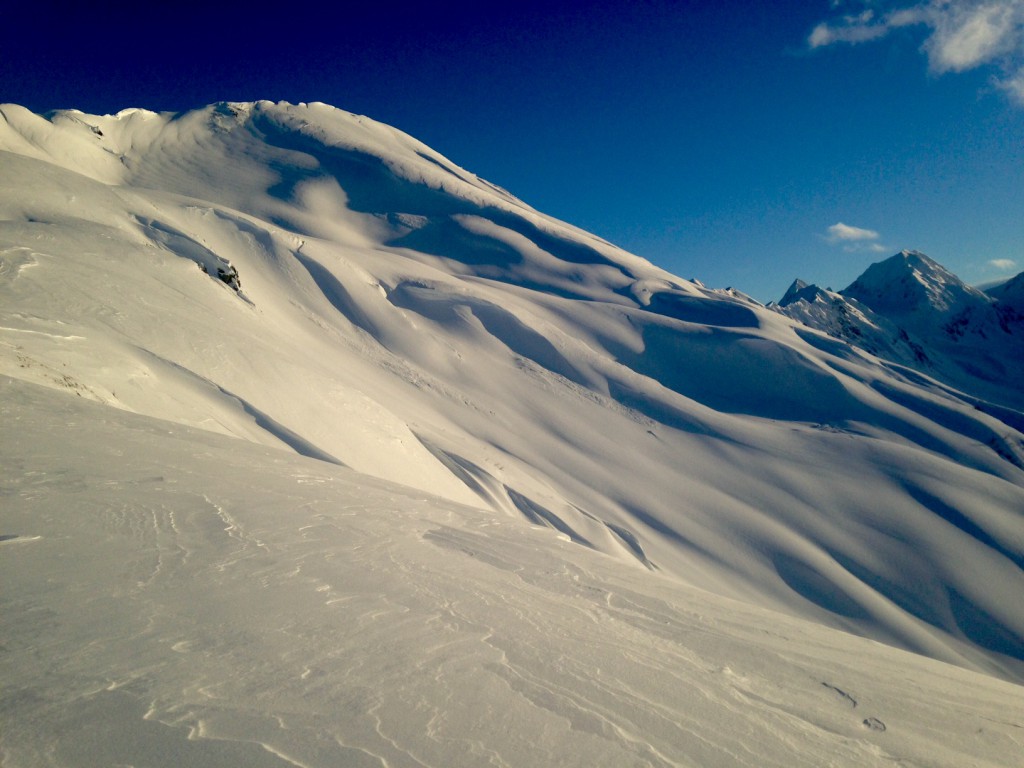Turnagain Pass
|
|
A CONSIDERABLE avalanche danger exists both at Treeline and in the Alpine where human triggered windslabs 1-4′ thick are likely on steep wind loaded features. The storm coming in today will bring new snow, rain and wind adding load and building sensitive storm slabs. Natural avalanches will be possible. Cautious route-finding and conservative terrain choices will be important. Conditions may change rapidly in the afternoon into the evening, when the precipitation instensity is forecasted to be the heaviest.
A MODERATE avalanche danger exists below 1000′ where a larger avalanche from above could run into this elevation band.
Happy New Year! Filing for the PFD today? Remember The Friends of the CNFAIC is part of PICK.CLICK.GIVE. Your donations are greatly appreciated and integral to making the CNFAIC possible and sustainable.
Did you make a resolution to get avalanche education in 2016? FCNFAIC is now accepting applications for TWO NEW scholarships! Both scholarships are for avalanche education up to $500. One will be awarded to a snowmachiner and the other to a skier or non-motorized user.
Please include in your application: name, mailing address, your financial need and how you plan to spread avalanche awareness to your community post-award. Applications due by 10PM on January 6th. Please send your applications to chugachavyfriends@gmail.com
The Friends-CNFAIC board looks forward to hearing from you!


